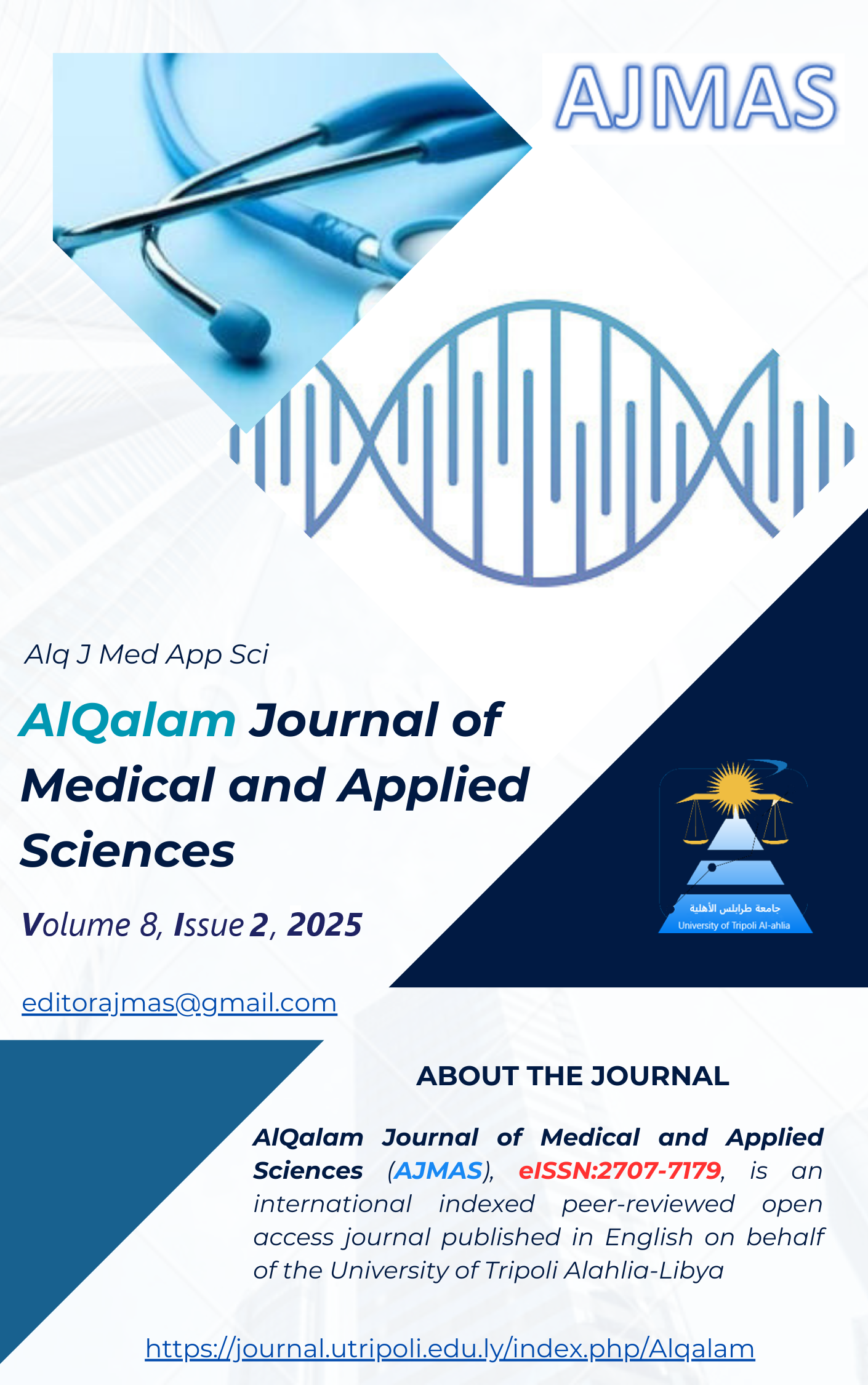Isolated Cutaneous Glomeruloid Hemangioma: A Case Report in the Absence of POEMS Syndrome and Castleman Disease
DOI:
https://doi.org/10.54361/ajmas.258242Keywords:
Glomeruloid hemangioma, POEMS syndrome, Castleman disease, Case reportAbstract
Glomeruloid hemangioma is a rare, benign vascular proliferation of the skin, clinically manifests as multiple red-purple papules or nodules, predominantly affecting the chest and upper extremities. Histopathologically, it is defined by dermal capillaries arranged within vascular spaces, closely resembling a renal glomerulus. The presence of glomeruloid hemangioma is considered a diagnostic clue for systemic disorders such as polyneuropathy, organomegaly, endocrinopathy, M-protein skin abnormality syndrome (POEMS), and Castleman disease, all of which share a similar proinflammatory cytokine profile. We report the case of a 64-year-old male who presented with multiple painless, slowly progressive erythematous papules and nodules over more than one year, involving the face, trunk, and upper extremities. An excisional biopsy revealed characteristic histopathological features consistent with glomeruloid hemangioma. Comprehensive clinical and laboratory evaluations revealed no systemic involvement, suggesting an isolated cutaneous presentation. Although glomeruloid hemangioma is strongly associated with POEMS syndrome and other systemic diseases, it may occasionally occur without systemic manifestations.
Downloads
Published
How to Cite
Issue
Section
License
Copyright (c) 2025 Saja Lagha, Omar Griseeaa

This work is licensed under a Creative Commons Attribution 4.0 International License.














